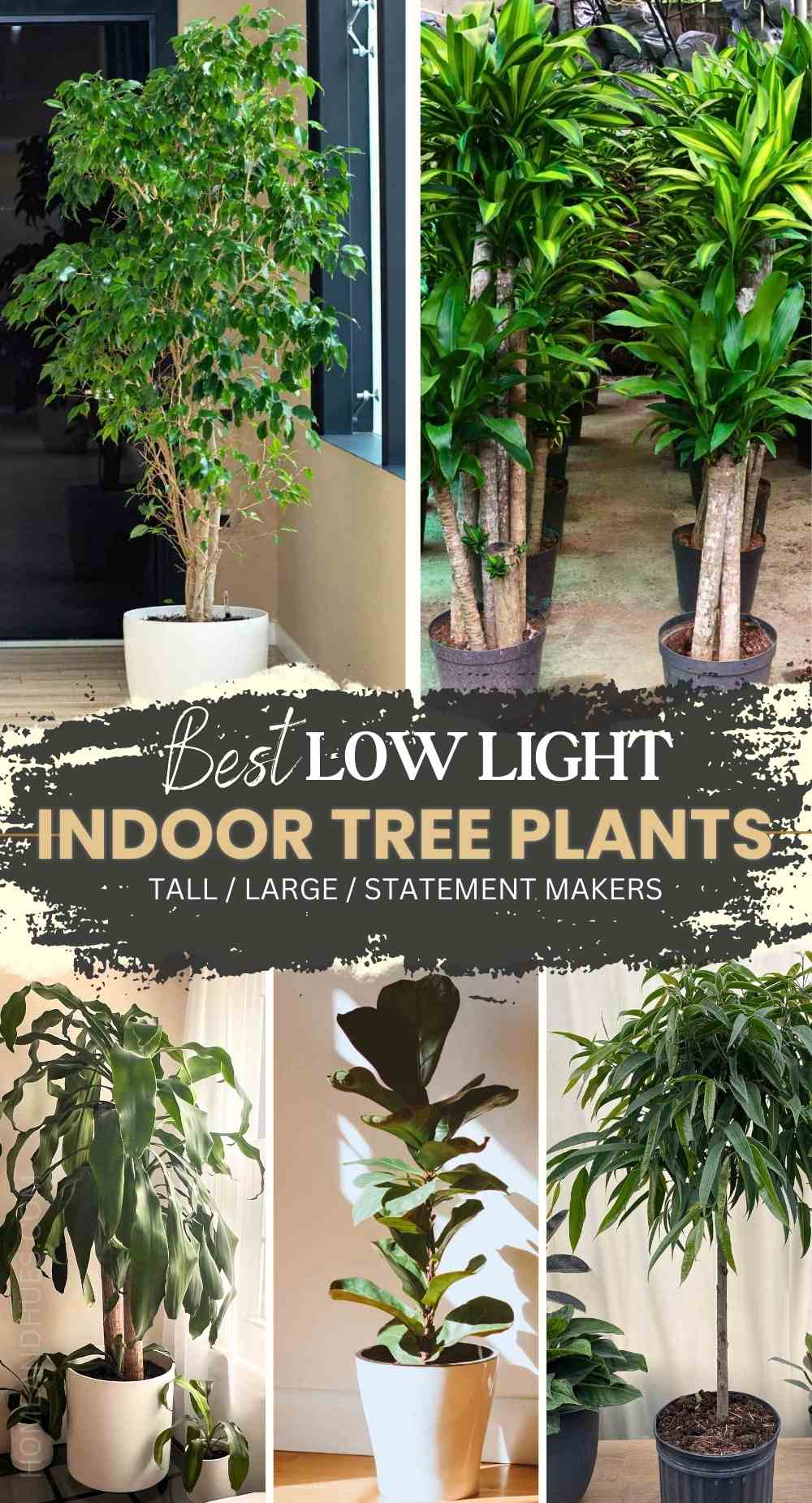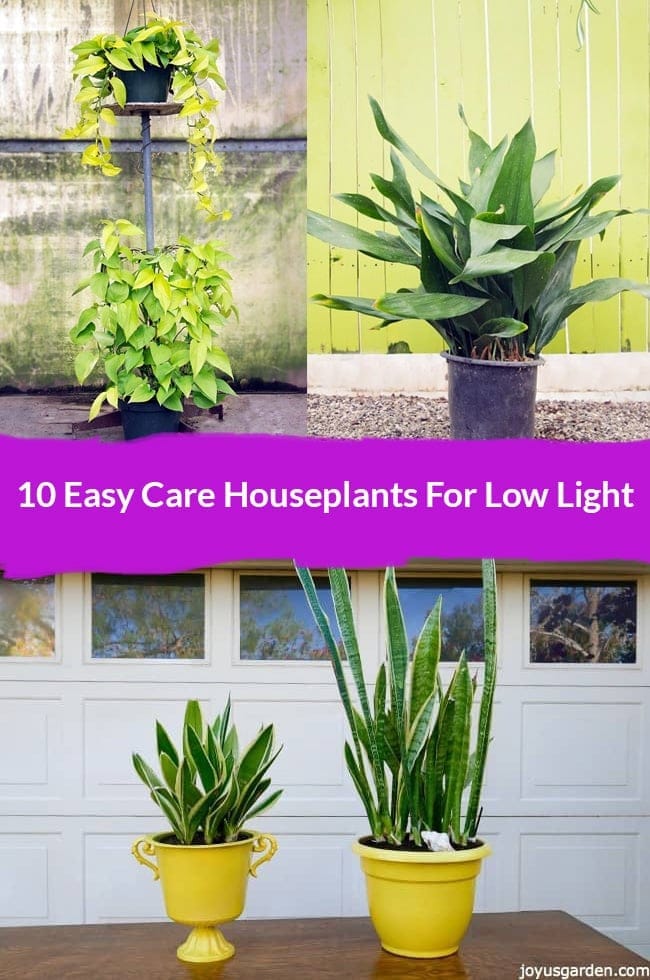The Best Low-Light Indoor Plants You Can Grow Without Natural Light
The Best Low-Light Indoor Plants You Can Grow Without Natural Light
Blog Article
Uncover the Tricks of Low-Light Indoor Plants and How They Enhance Your Environment
Low-light interior plants have actually gathered increasing focus for their one-of-a-kind capacity to enhance both aesthetic appeal and ecological top quality within homes and workplaces. These durable types, including the Snake Plant and Peace Lily, not just grow in difficult lighting conditions yet likewise play a critical duty in air purification and emotional wellness. Recognizing the certain benefits and treatment requirements of these plants can dramatically influence your space. As we explore the details of their benefits, you might find understandings that might change your surroundings in unforeseen means.
Benefits of Low-Light Indoor Plants
Although lots of people presume that interior plants require plentiful sunshine to thrive, low-light indoor plants offer a wide range of advantages that make them perfect for different atmospheres. Among the primary advantages is their adaptability; they can flourish precede with minimal all-natural light, such as workplaces, basements, or areas with small home windows. This feature enables individuals to enhance their environments with plant, adding to improved appearances without the requirement for substantial lights alterations.
Furthermore, low-light indoor plants can substantially improve indoor air top quality by filtering system unsafe contaminants and releasing oxygen, making living areas healthier. The presence of plants has actually been linked to better sensations of peace and emphasis.
Moreover, low-light plants commonly require less upkeep than their sun-loving counterparts, making them optimal for busy people or those new to gardening. Their durability permits them to love marginal intervention, therefore providing a rewarding experience for plant fanatics and beginners alike. In recap, low-light indoor plants serve both visual and functional objectives, making them important enhancements to any area.
Top Low-Light Plant Varieties
Low-light indoor plants can be found in a selection of species, each offering one-of-a-kind qualities and benefits matched for dim atmospheres. Amongst one of the most popular ranges is the Serpent Plant (Sansevieria), recognized for its air-purifying capacities and building leaves. This resilient plant flourishes on disregard and can tolerate a vast array of light conditions.
One more outstanding selection is the ZZ Plant (Zamioculcas zamiifolia), which includes glossy, dark green fallen leaves and is highly drought-tolerant. Its versatility makes it a preferred for workplaces and homes with limited sunshine.
The Pothos (Epipremnum aureum) is additionally a leading challenger, with its tracking creeping plants and heart-shaped fallen leaves - Best low-light indoor plants. This versatile plant can be trained to climb or cascade, including aesthetic interest to any room

Care Tips for Low-Light Plants
Caring for low-light interior plants needs a nuanced understanding of their details demands to make sure optimal development and vigor. First, it is necessary to select the ideal potting mix, as a well-draining soil is essential to avoid origin rot. A mix created for houseplants, frequently navigate here having peat moss and perlite, works well for many low-light varieties.
Watering is an additional key facet of care. Low-light plants normally call for less frequent watering compared to their sun-loving counterparts.
Fertilization must be approached with care. Throughout the expanding season, a watered down liquid fertilizer can be applied monthly, however in wintertime months, many low-light plants go into dormancy and need little to no fertilizing.
Finally, it is necessary to occasionally cleanse the fallen leaves to remove dust, enabling for much better light absorption. By sticking to these care ideas, you can cultivate a growing setting for your low-light indoor plants, boosting both their look and durability.
Enhancing Air High Quality With Plants
Indoor plants play a considerable duty in enhancing air high quality within homes and office. Through the process of photosynthesis, these plants absorb carbon dioxide and release oxygen, adding to a healthier ambience. Additionally, specific low-light indoor plants possess the ability to filter dangerous contaminants, such as trichloroethylene, formaldehyde, and benzene, which are commonly located in interior settings.

Additionally, the visibility of interior plants can raise humidity levels, which aids relieve completely dry skin and respiratory issues, additionally improving general wellness. This capability to improve air quality not just promotes physical health however also supports mental wellness.
Incorporating low-light interior plants right into your living and working areas can bring about a more vivid and stimulating environment (Best low-light indoor plants). Purchasing these all-natural air cleansers is a simple yet reliable method for improving interior air top quality and read more fostering a healthier way of living
Developing a Peaceful Indoor Room
The combination of plants right into living areas not just boosts air quality but additionally adds to a relaxing ambience. Low-light interior plants, such as snake plants and pothos, are especially effective in creating a tranquil atmosphere, as they flourish in problems that may or else be unwelcoming for other plant. Their lush foliage supplies a soothing visual, minimizing stress and advertising relaxation.
Including these plants into your office or home can evoke a feeling of peace and wellness. Tactically positioning them in locations where you spend substantial time, such as living areas or offices, enables an immersive experience with nature, which has been shown to boost state of mind and cognitive feature.
Moreover, the gentle movement of fallen leaves in reaction to air movement can produce a dynamic aesthetic aspect that enhances the general ambiance. Consider making use of a selection of plant elevations and textures to add depth and passion to your room. With thoughtful positioning and treatment, low-light indoor plants can transform any type of area into a serene refuge, fostering not just visual fulfillment however likewise emotional and psychological wellness.

Final Thought
Including low-light interior plants into numerous environments returns significant benefits, including improved air quality and enhanced visual allure. These durable types not only flourish in marginal light however likewise contribute to a soothing atmosphere, advertising psychological and emotional health. By picking suitable ranges and applying appropriate care strategies, individuals can successfully cultivate a tranquil indoor space that cultivates health and productivity. The transformative power of low-light plants highlights their worth in boosting both work-related and household setups.
Although numerous individuals presume that interior plants require plentiful sunshine to thrive, low-light indoor plants use a plethora of advantages that make them excellent for different settings.Additionally, low-light interior plants can dramatically enhance indoor air high quality by releasing and filtering hazardous contaminants oxygen, making living rooms healthier. In addition, certain low-light indoor plants possess the capacity to filter dangerous contaminants, such as trichloroethylene, benzene, wikipedia reference and formaldehyde, which are generally discovered in interior environments.
Low-light interior plants, such as serpent plants and pothos, are especially reliable in producing a calm atmosphere, as they thrive in conditions that might or else be inhospitable for various other greenery.Including low-light indoor plants into numerous atmospheres yields significant benefits, consisting of boosted air top quality and enhanced visual appeal.
Report this page